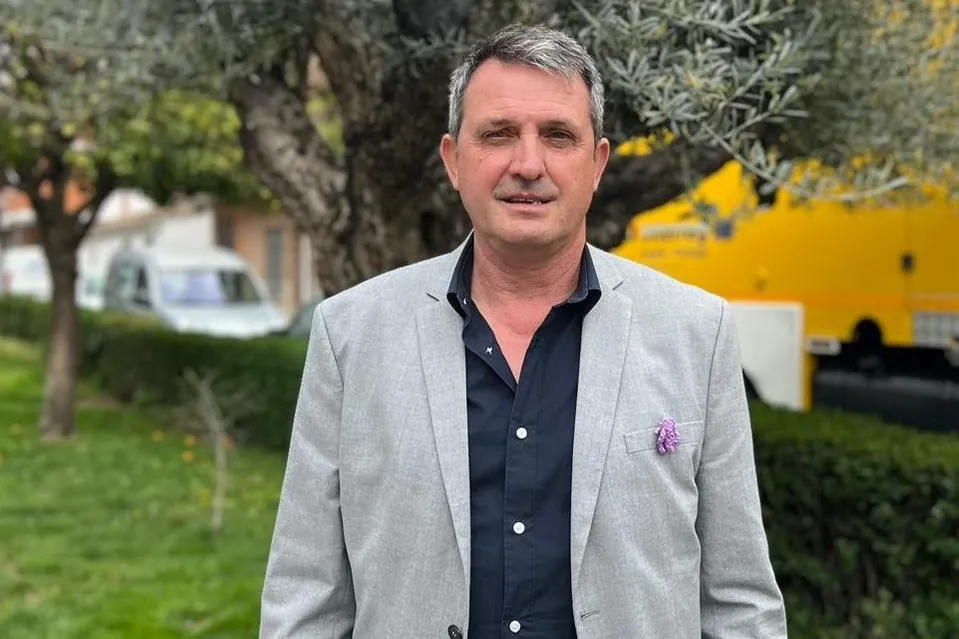In sweet cherries, there is considerable genetic variation for several characteristics related to fruit quality. Over the last decade, researchers have used quantitative trait loci (QTL) mapping, identifying on chromosomes 1 and 4 several loci mainly associated with fruit firmness and size, cracking and other significant agronomic traits associated with phenology, including flowering date and ripening date.
However, the identification of QTL in biparental populations has limitations and the successful identification of these loci depends on a few factors, including the degree of heterozygosity between the two parents of the progeny and the phenotypic variability of the traits under investigation between the two parents.
Innovative methodologies, including genotyping-by-sequencing (GBS), allow simultaneous sequencing of numerous samples and provide cost-effective means to acquire dense sets of single nucleotide polymorphisms (SNPs).
In recent years, the utility of GBS in fruit tree species has been widely documented, including the development of a high-density linkage map for Prunus species. The feasibility of these GBS methodologies in Prunus species has been strengthened by the accessibility of reference genomes in peach and sweet cherry.
The study conducted by researchers from the University of Bordeaux and the INRAE Centre The study conducted by researchers from the University of Bordeaux and the INRAE Centre Val de Loire (France), shows the results of genome association in relation to fruit quality characteristics in a germplasm collection comprising 116 cherry genotypes.
On these, 23 fruit quality characteristics were evaluated over a period of 2-6 years. The collected germplasm was characterised by genotyping-by-sequencing (GSB). Using two multiloci models and three reference genomes, a genome-wide association study was conducted using the SNP (single nucleotide polymorphism) coverage collected.
Several SNP-trait associations were identified in relation to overall fruit size (including weight, size and thickness), susceptibility of the fruit to cracking, fruit firmness and stone size. In addition, several candidate genes implicated in phytohormone and cell wall metabolism, as well as calcium ions, have been identified.
It is interesting to note that hormone and cell wall metabolism may play an important role in the final quality of cherries, as already observed in other fruit species. Although much is known about the quality of cherry fruit, a greater understanding of the genetic control of these traits is still needed to develop breeding strategies that meet the needs of producers and consumers.
Using multiple reference genomes and multiple years of phenotyping, this study represents the first attempt to assess genetic associations in sweet cherry for fruit quality traits. The GBS method was efficiently used to produce a robust SNP collection comprising the entire cherry genome
Numerous SNP-trait associations associated with various agronomically significant traits were identified. This represents a first step towards the implementation of marker-assisted selection, which aims to simplify the selection process of sweet cherries.
Source: Armel S L Donkpegan, Anthony Bernard, Teresa Barreneche, José Quero-García, Hélène Bonnet, Mathieu Fouché, Loïck Le Dantec, Bénédicte Wenden, Elisabeth Dirlewanger, Genome-wide association mapping in a sweet cherry germplasm collection (Prunus avium L.) reveals candidate genes for fruit quality traits, Horticulture Research, Volume 10, Issue 10, October 2023, uhad191, https://doi.org/10.1093/hr/uhad191.
Melissa Venturi
University of Bologna (IT)
Cherry Times - All rights reserved










